We have all heard of PTSD: post-traumatic stress disorder. We began hearing about this disorder after our soldiers returned home from WWI and WWII. Shell shock. Battle fatigue. Combat exhaustion. As modern trench warfare became prevalent throughout WWI, it created unique stressors on the human nervous system. The processes of war evolved through WWII and Vietnam, and the effects of such became undeniable. Symptoms may include disturbing thoughts, feelings, or dreams related to the events, mental or physical distress to trauma-related cues, attempts to avoid trauma-related cues, alterations in how a person thinks and feels, and increased arousal or anxiety. As the psychiatric profession gained a better understanding, the official term for the disorder became PTSD. When we hear of a combat soldier returning from battle, it is almost expected that he or she will suffer from some degree of PTSD. It’s unequivocally accepted. But not all PTSD is military related. In fact, 5 out of 10 women experience some type of traumatic experience in her lifetime. And 10% of all women have or will suffer from PTSD. So often the sufferer feels as though she cannot identify with the typical PTSD case and that she is somehow taking away from the validity of their military experiences. I want to tell you that non-military related PTSD is real. Very real. This is my story.
Nearly nine years ago, on the morning of April 24th, I was on my way to the hospital expecting my first child. I had developed preeclampsia and was having my labor induced at 7 a.m. I was hooked up to IV fluids and began receiving Pitocin, a drug used to stimulate contractions in the uterus. As the pain intensified, I opted to receive an epidural. Minutes stretched into hours and hours stretched into hours upon hours until finally, at 11 p.m., I was ready to begin pushing. So I pushed. And pushed. And pushed. And she would.not.budge. I labored and pushed for nearly two hours until the baby started having slight dips in her heart rate. At this point, the OBGYN strongly suggested that I have a caesarean section…and fast. Since it was already in place, the anesthesiologist decided to continue to deliver pain medication through my epidural rather than using a spinal block. As the pain medication was increased, I began to feel numb in all but one area on my stomach. After several attempts to adjust the medication, the decision was made to give me a local shot of pain medication in the “hot spot” that wasn’t numb. My doctor began the section, but it wasn't until she made the first cut through skin and tissue and began pulling the muscles apart that it became apparent the local had not worked. I was numb only topically. It was too late to stop and adjust my medication, so the surgery proceeded, and I felt everything. EVERYTHING. It was like my worst nightmare come true. I was screaming. The doctor was screaming. The nurses were screaming. And then all of a sudden a pink, angry baby girl was screaming, too. At 2:37 a.m. on April 25th, 2007, my daughter was born. And I became a sufferer of post-traumatic stress disorder.
Several additional factors led to this eventual diagnosis; my preeclampsia worsened after birth, and I was put on magnesium for over 40 hours, during which time I barely saw my newborn daughter. I came home from the hospital with a high-needs, colicky baby (who remains high-needs to this day). I also suffered from moderate to severe post-partum depression. It took four years of depression, anxiety, flashbacks, zoning out, unexpected triggers and panic attacks for me to finally admit that I needed help. After a brief hospital stay and in-patient therapy, I was finally diagnosed. I began seeing a therapist who specialized in Eye Movement Desensitization and Reprocessing. EMDR is a nontraditional psychiatric therapy that uses a multi-phase approach that includes having the patient recall distressing images while receiving one of several types of bilateral sensory input, such as side to side eye movement or tactile stimulation such as tapping. After repeating this process several times, the goal is to become desensitized to the memory. While you still remember the traumatic event, the charge and negative emotional response you have towards it is neutralized. Between therapy and subsequent caesarean sections that went smoothly and as planned, I came to a point that I no longer suffered the everyday effects of my PTSD.
Every April as my daughter’s birthday approaches, I still have moments of anxiety and reliving the experience, especially now as I write my story. But I know I’m better. The moments don’t last as long, and it’s easier for me to come back. I look around me and name out loud one thing I can see, one thing I can touch, and one thing I can smell. Right now I can see my checkbook, I can feel my chair, and I can smell the coffee brewing. I repeat the process with different items, and it helps bring me back to the present. I’m not in that operating room. I’m here…right here at my kitchen table. Right now. And I’m ok.

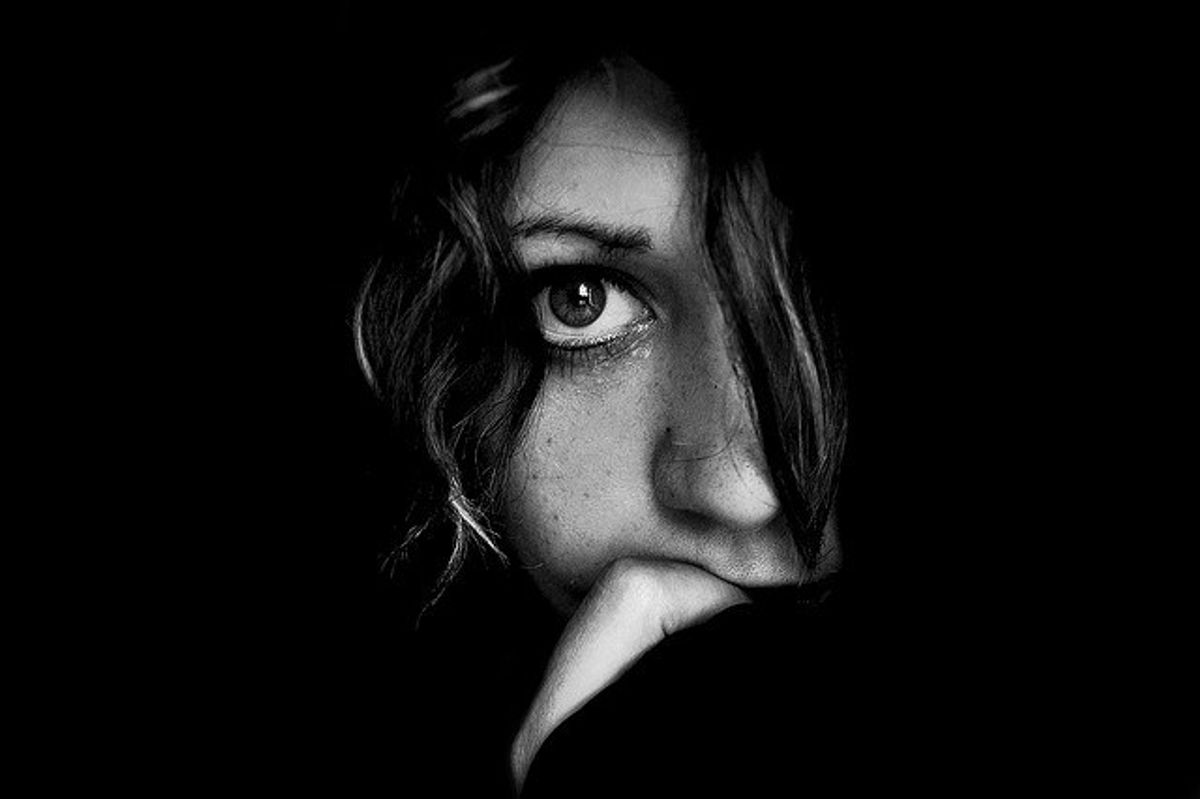



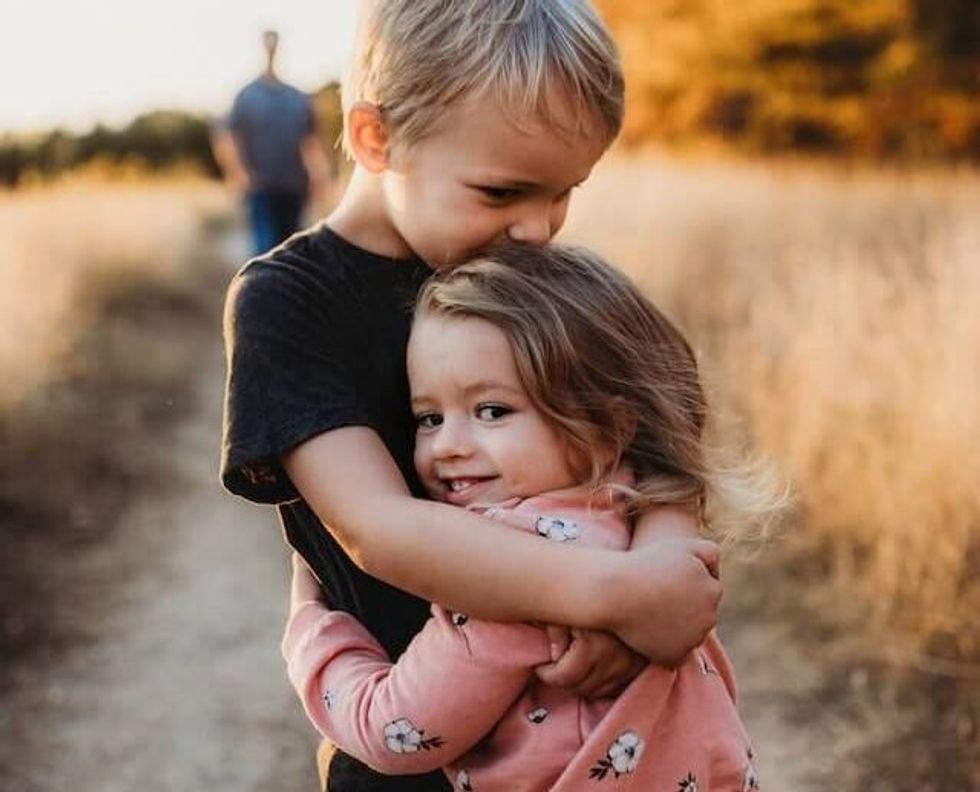



 woman in white shirt leaning on yellow wall
Photo by
woman in white shirt leaning on yellow wall
Photo by 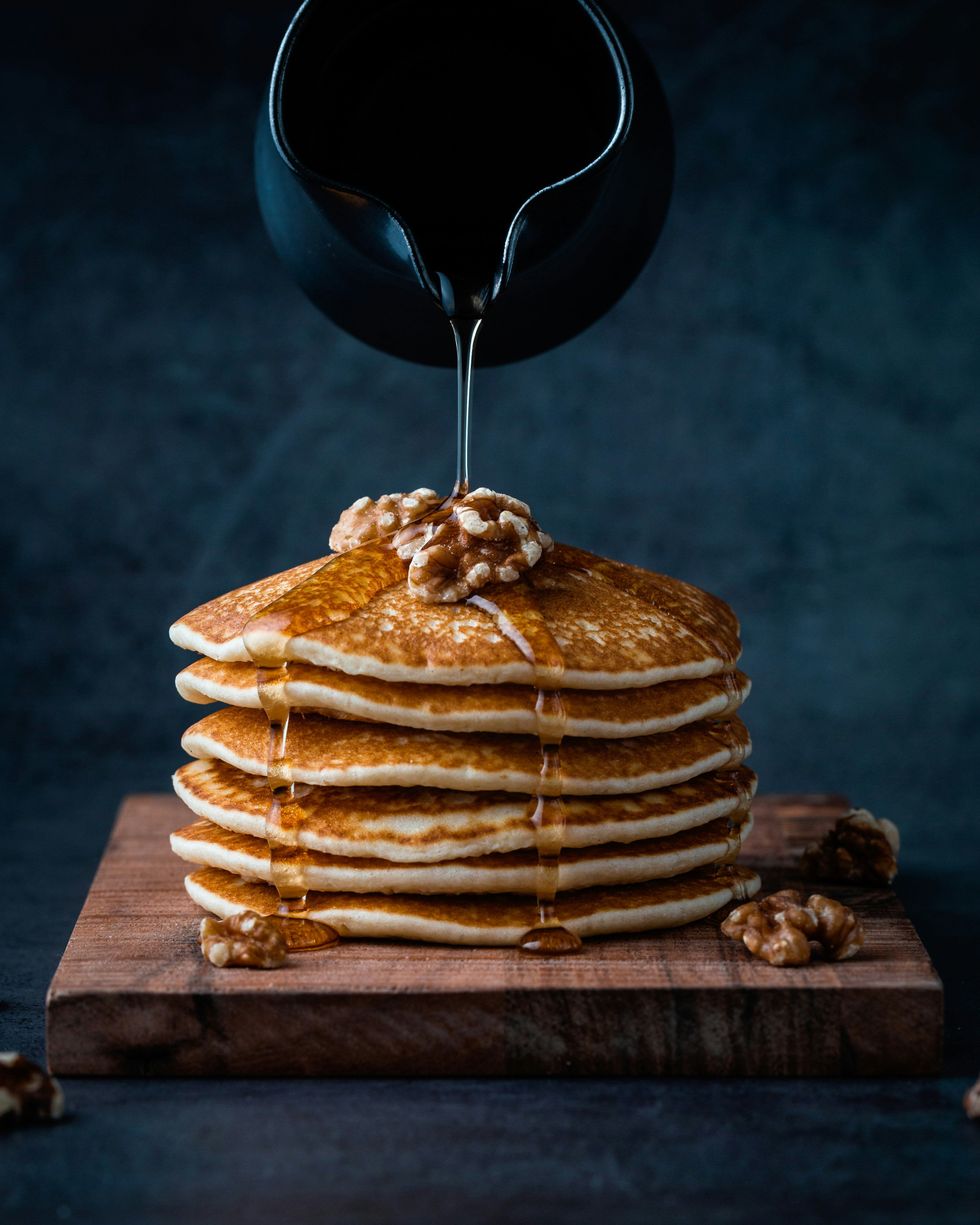 pancakes with syrup
Photo by
pancakes with syrup
Photo by  person in brown knit sweater
Photo by
person in brown knit sweater
Photo by 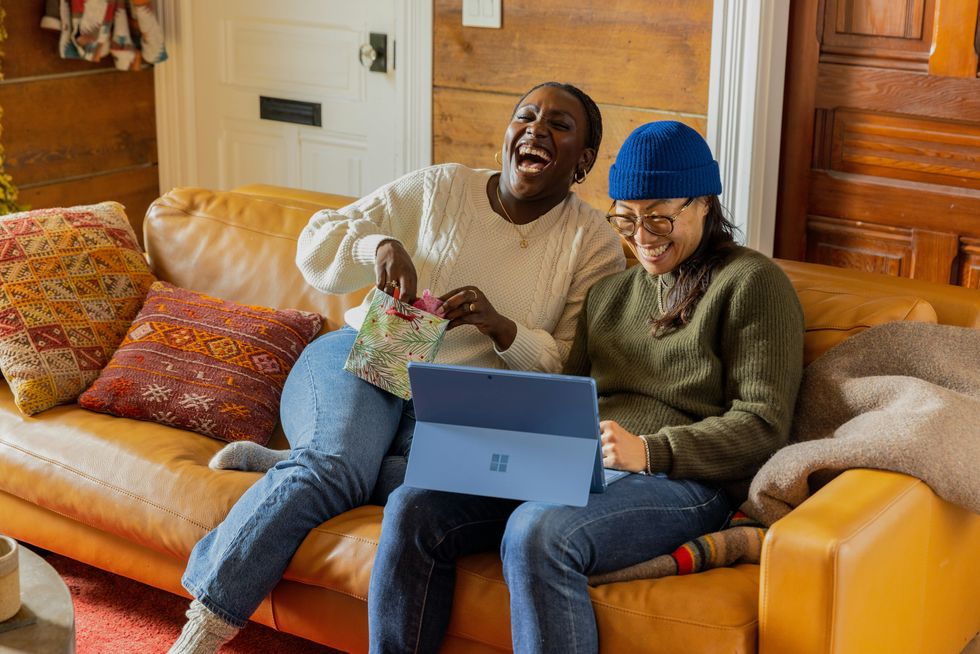 a person sitting on a couch with a laptop
Photo by
a person sitting on a couch with a laptop
Photo by  woman in black and white floral dress sitting on red car hood during daytime
Photo by
woman in black and white floral dress sitting on red car hood during daytime
Photo by 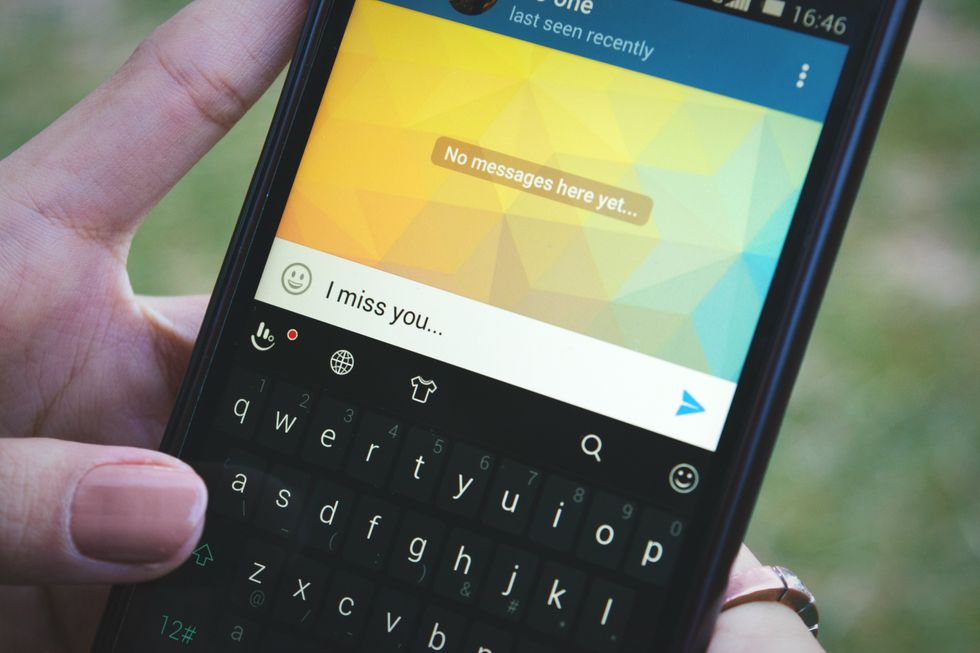 a person holding a cell phone in their hand
Photo by
a person holding a cell phone in their hand
Photo by  high angle photo of cityscape
Photo by
high angle photo of cityscape
Photo by  woman covering eyes with hand
Photo by
woman covering eyes with hand
Photo by  smiling woman wrapped with white headscarf
Photo by
smiling woman wrapped with white headscarf
Photo by 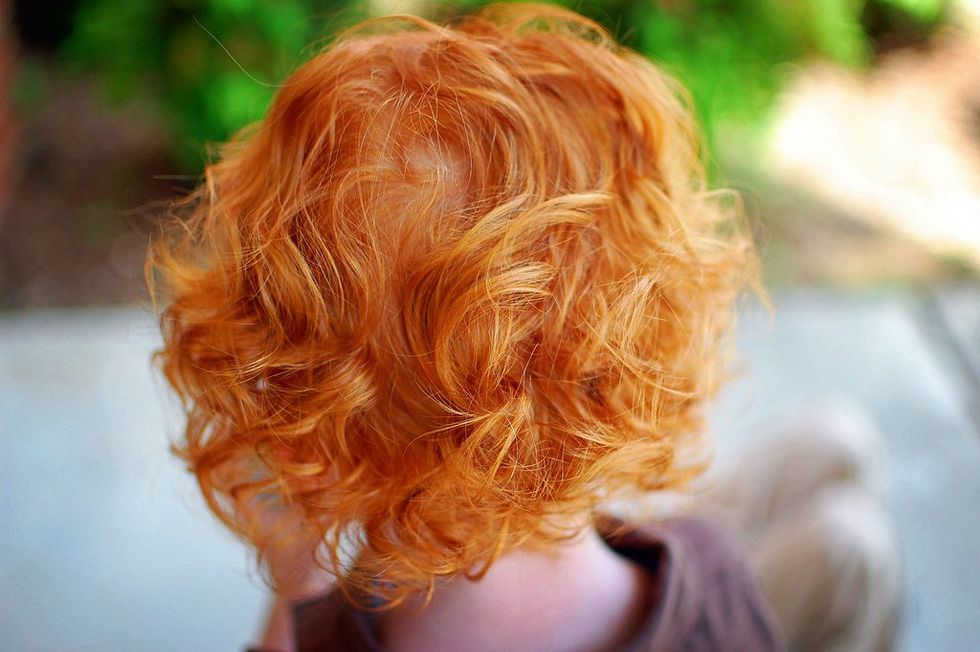 Good hair | Jamie | Flickr
Good hair | Jamie | Flickr mmm coffee | We found a good coffee place on the island. Act… | Flickr
mmm coffee | We found a good coffee place on the island. Act… | Flickr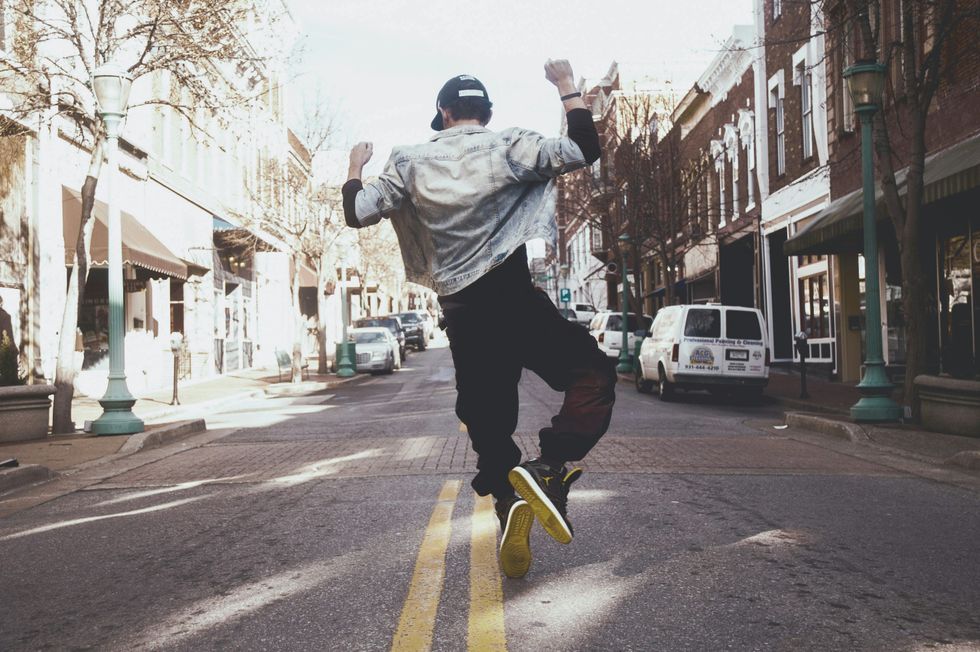 man jumping on the middle of the street during daytime
Photo by
man jumping on the middle of the street during daytime
Photo by 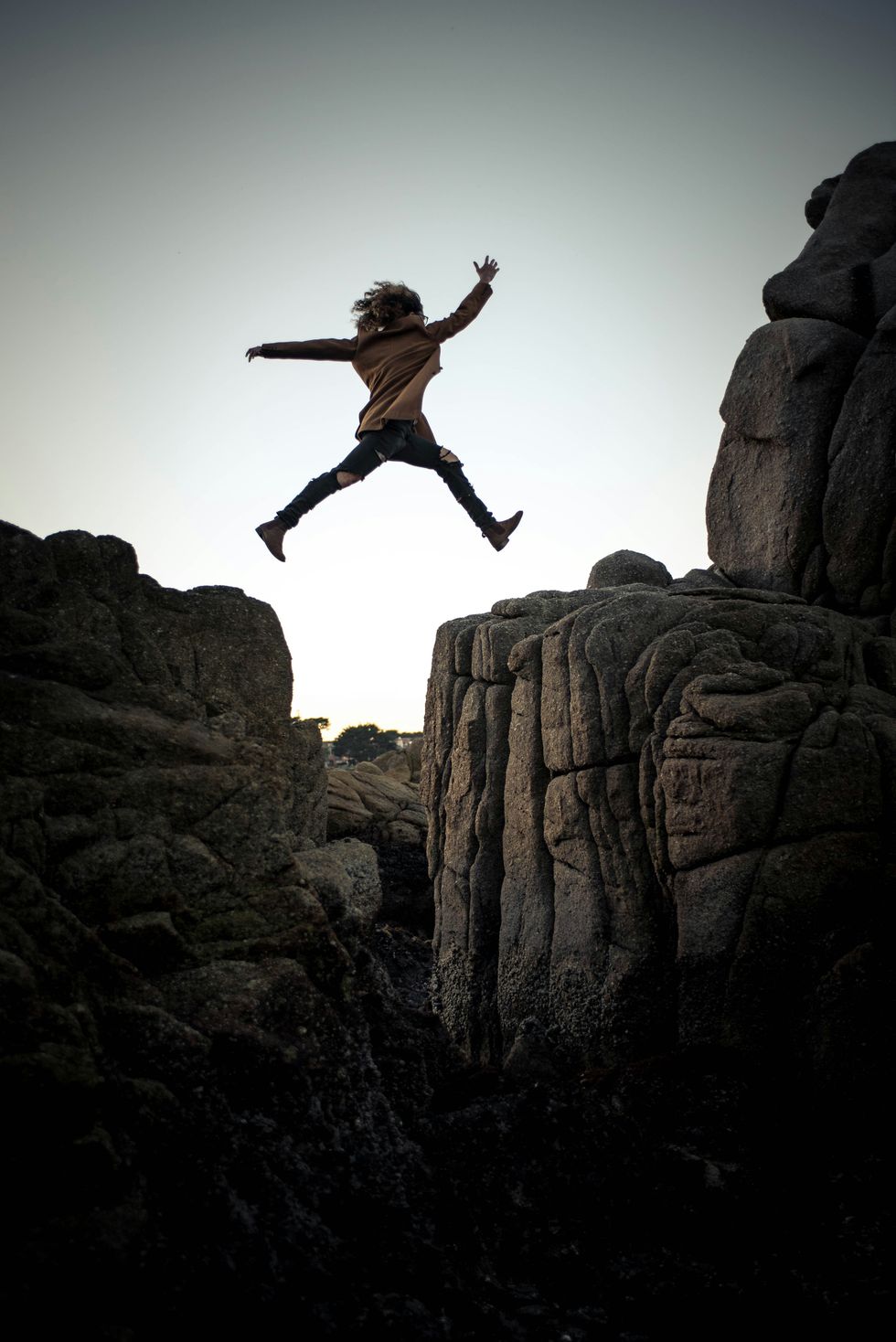 person jumping on big rock under gray and white sky during daytime
Photo by
person jumping on big rock under gray and white sky during daytime
Photo by 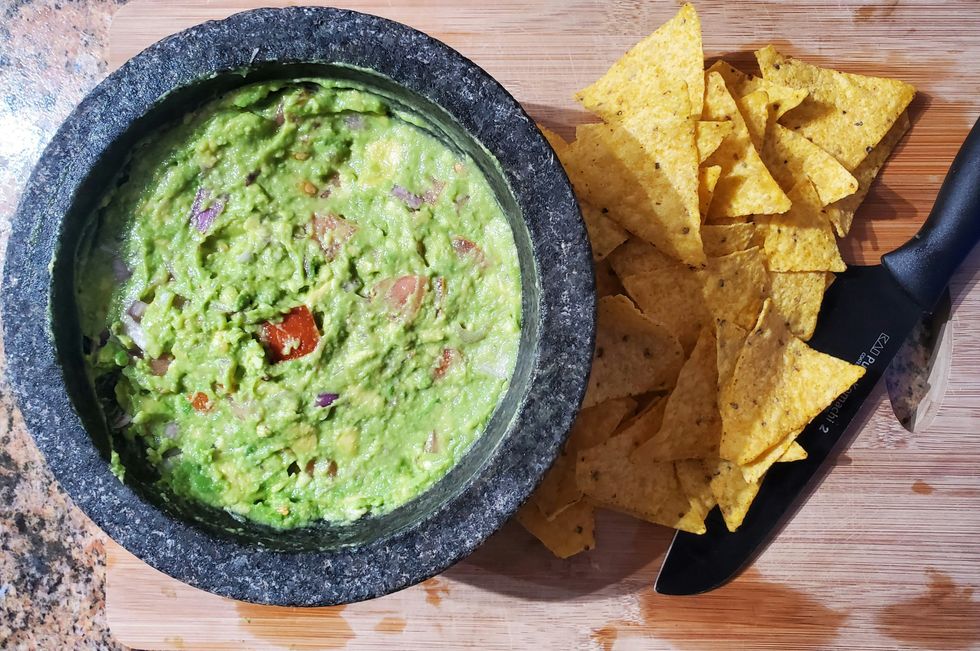 a bowl of guacamole next to a bowl of tortilla chips
Photo by
a bowl of guacamole next to a bowl of tortilla chips
Photo by  two women sitting on a couch in a living room
Photo by
two women sitting on a couch in a living room
Photo by  cooked food on black bowl
Photo by
cooked food on black bowl
Photo by 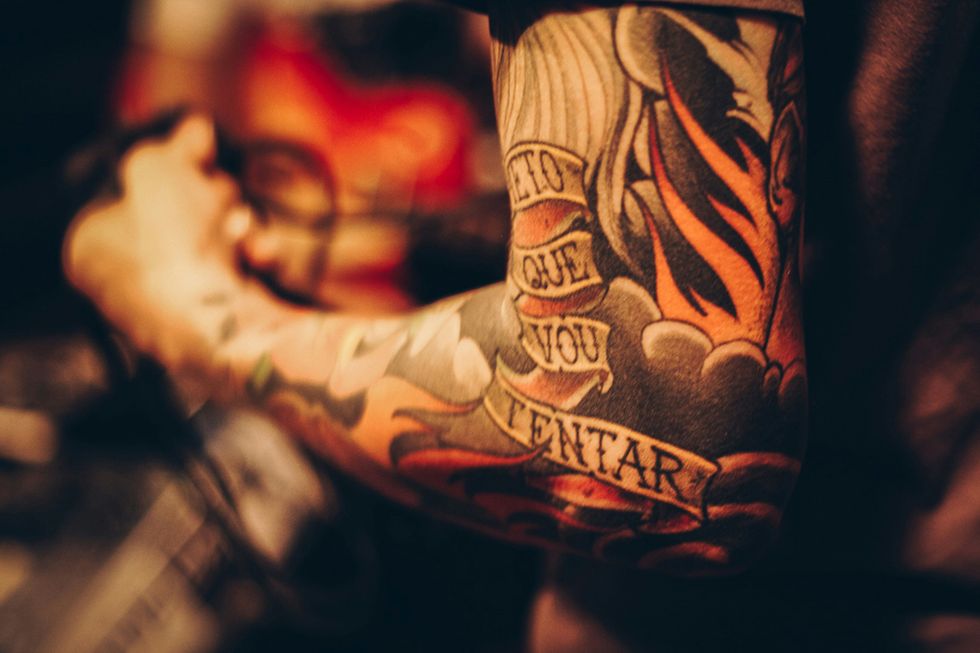 men's arm tattoo
Photo by
men's arm tattoo
Photo by  a group of trees with orange leaves
Photo by
a group of trees with orange leaves
Photo by  The butterflies in the stomach... | Check out my blog! www.p… | Flickr
The butterflies in the stomach... | Check out my blog! www.p… | Flickr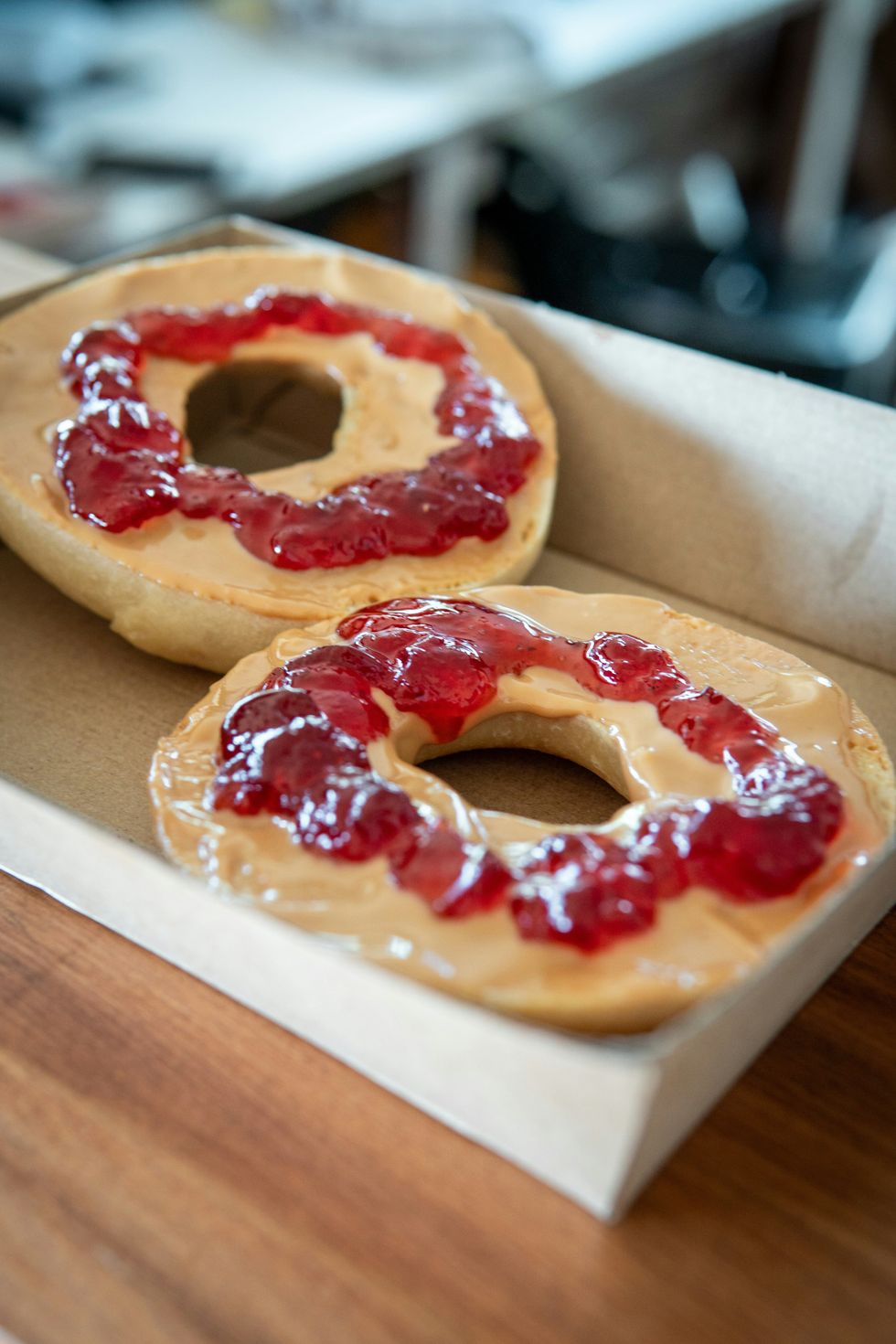 two bread with sauce in box
Photo by
two bread with sauce in box
Photo by 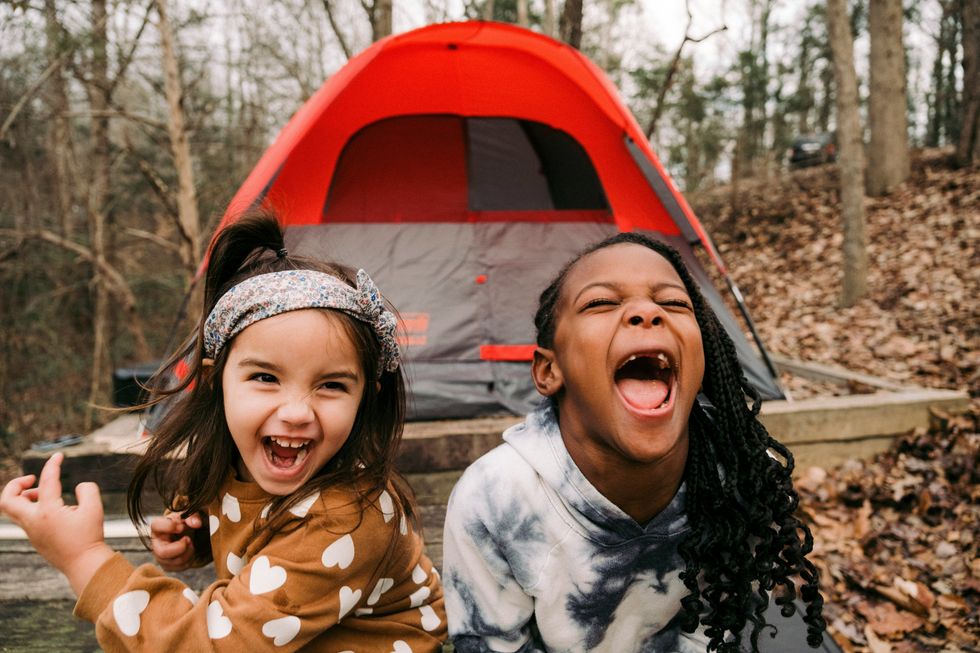 a couple of young girls standing next to a tent
Photo by
a couple of young girls standing next to a tent
Photo by 
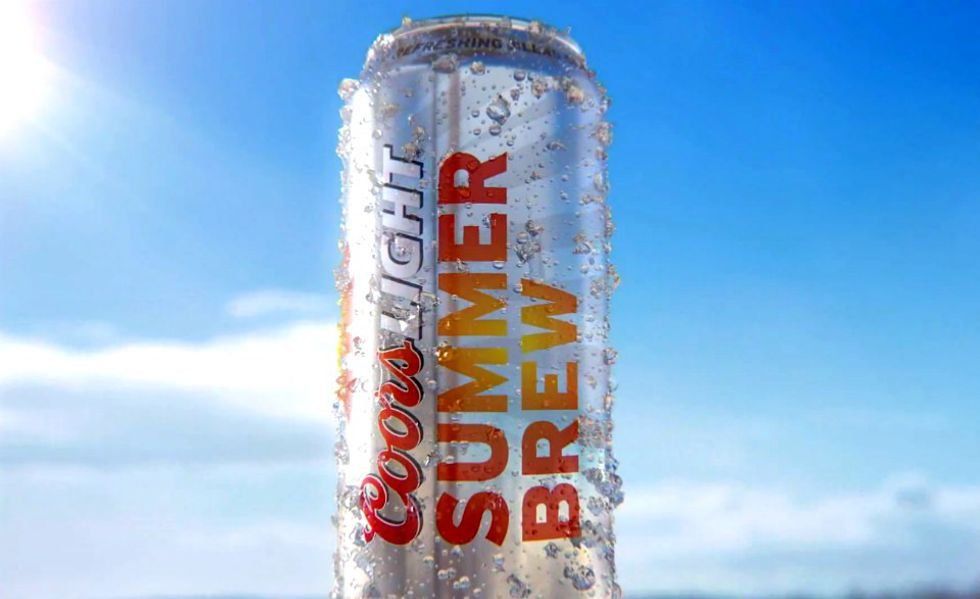
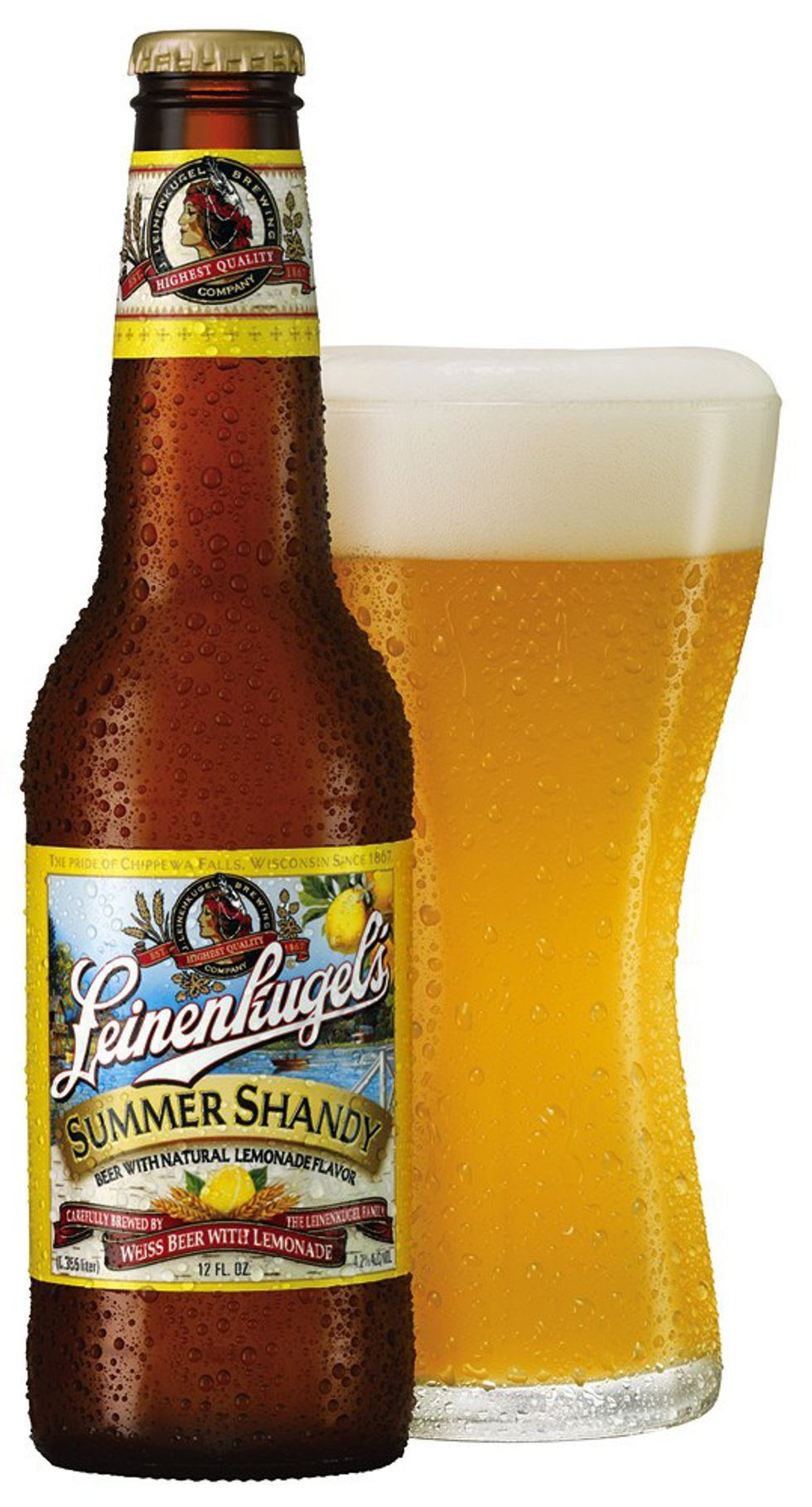
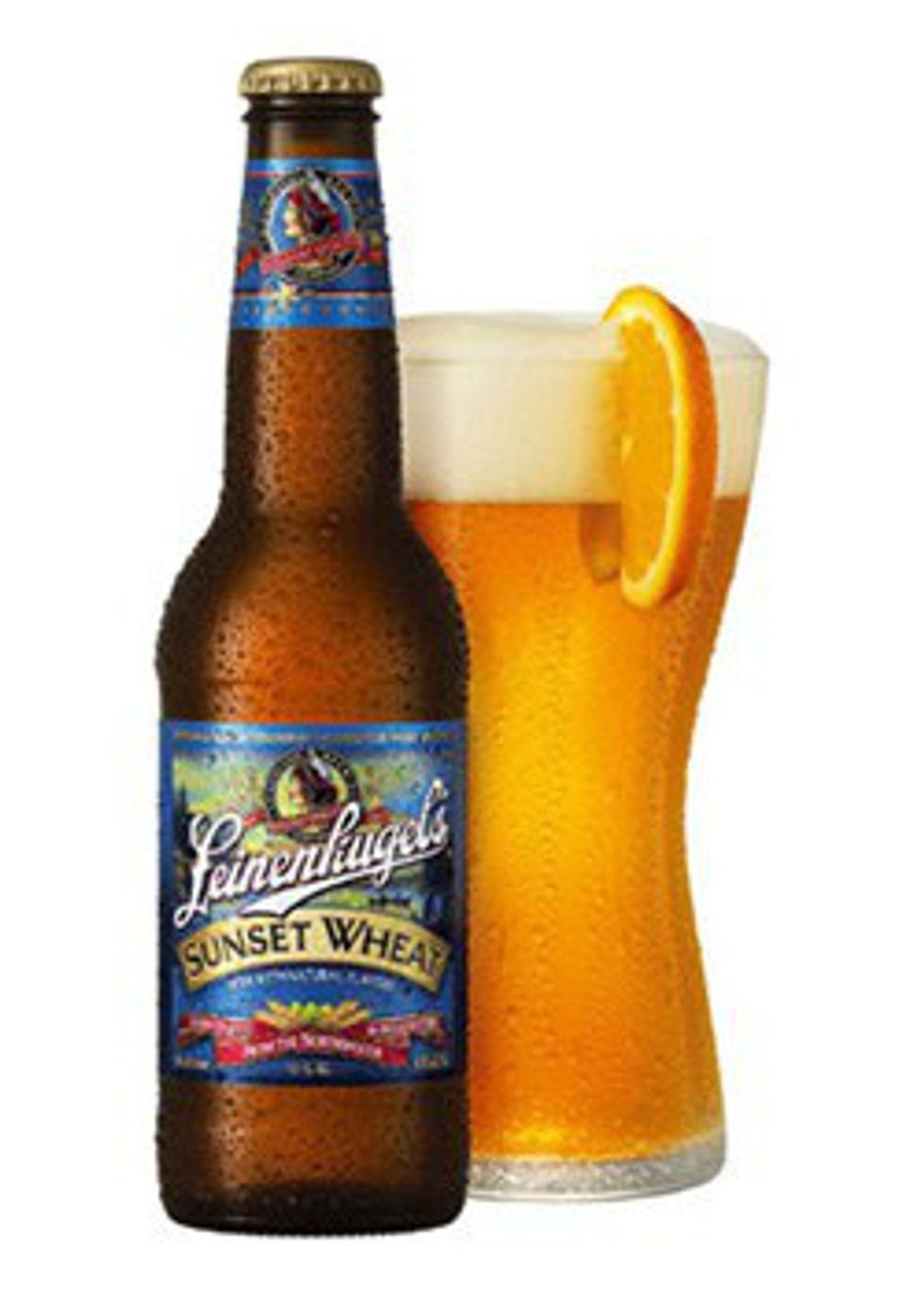



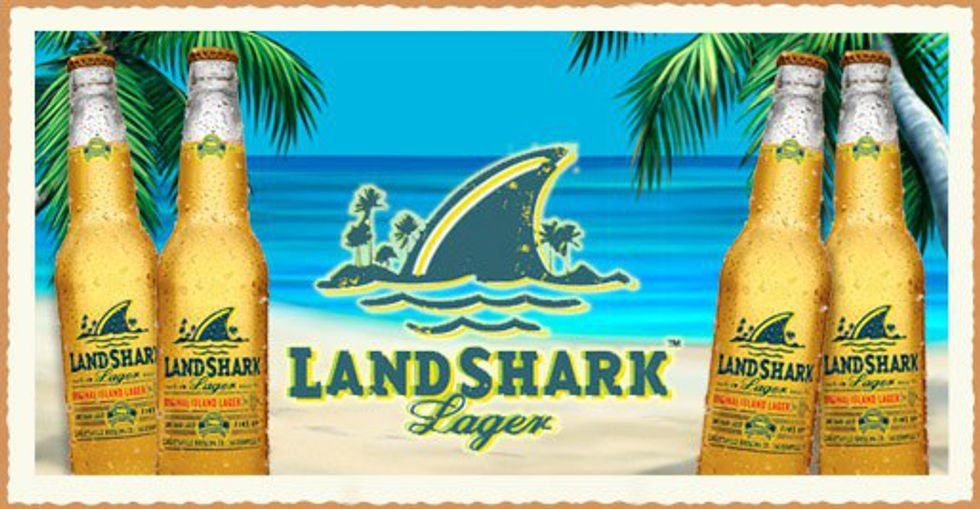
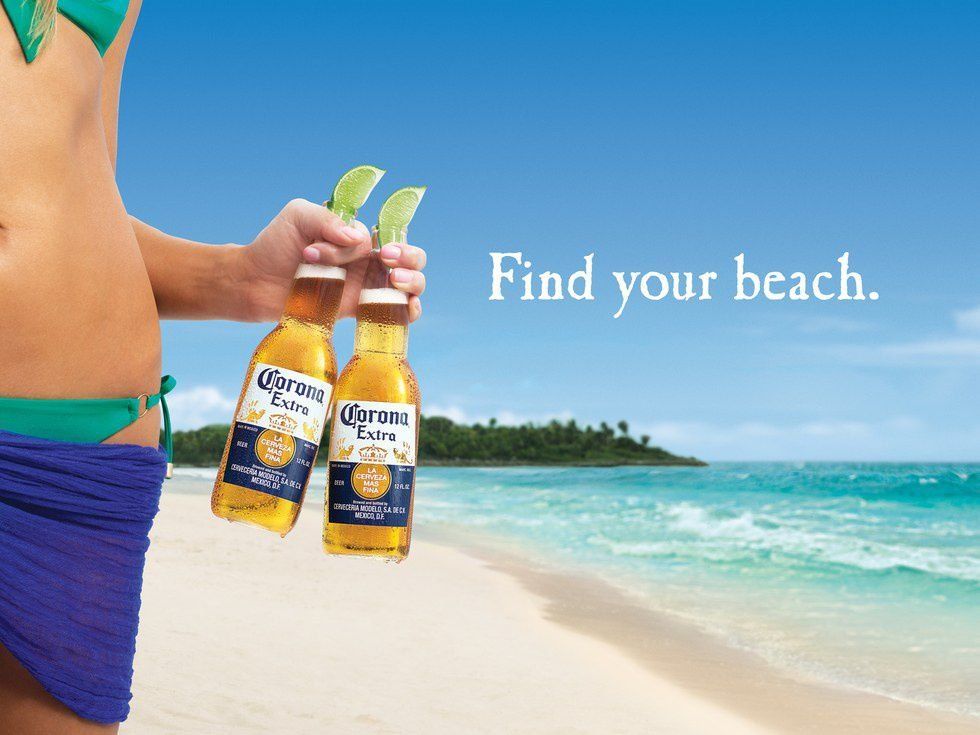

 Photo by
Photo by  Photo by
Photo by  Photo by
Photo by  Photo by
Photo by  Photo by
Photo by  Photo by
Photo by  Photo by
Photo by 










